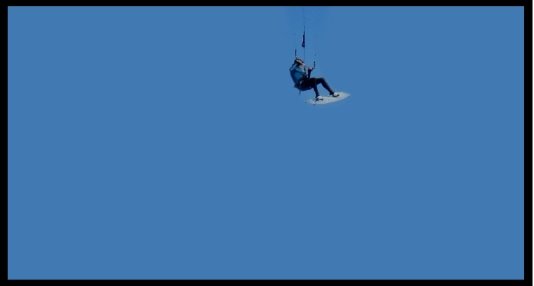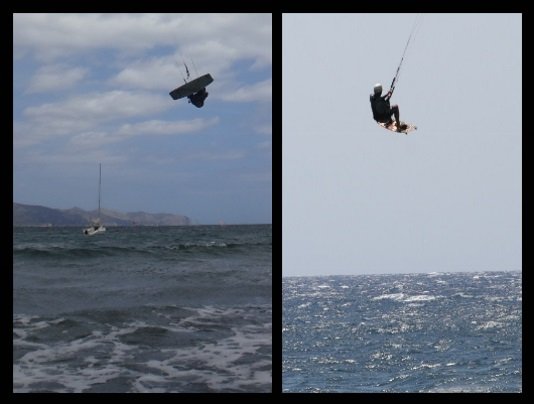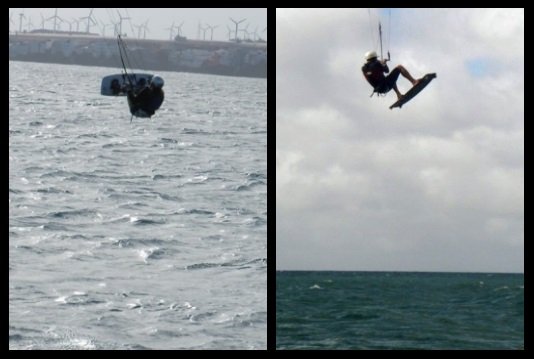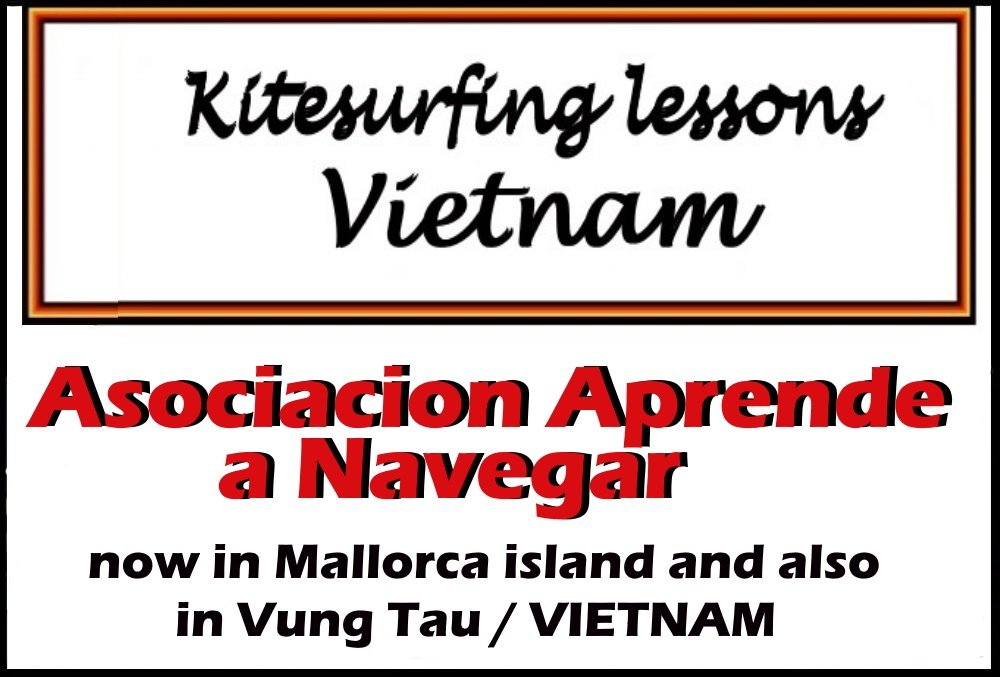Learning to Jump / kitesurfing Vietnam
Your kite course is over, you are starting to ride upwind. The time of the unwanted donwinded rides and the “walk of shame” are over … Once you are able to do that, your next goal is … LEARNING TO JUMP!
Learning to jump it is a process which needs concentration and timing. In the next lines we are going to see which are the steps which will send us upwards. if we are able to combine a couple of things and if we are able to perform that combination properly we may reach the key of success, a happy and successful jump
Kitesurfing Vietnam / LEARNING TO JUMP
 Learning to Jump – How long it can take?
Learning to Jump – How long it can take?
It may take some time, months, perhaps half a year or even more, until we will be able to get the best of our jumping technique. Now let’s answer an interesting question:
How much wind it’s needed to jump? Personally, I beleive I’ve never been able to jump decently in less than 10 knots of wind … until i bought my first 18 mts Flysurfer Sonic FR. This amazing wind machine made possible to jump with little wind, as little as 6 or 7 knots. Amazing!, obviously, for the insignificant amount of wind that this represents
Unfortunately, it’s needed a certain, let’s say: considerable amount of money to buy that “technology”.
In any case, if you have not the means to buy the “queen of the kites”. you will have to wait until wind blows 14 or 16 knots. At this point we will be able to jump decently with a 12 mts kite.
I’ve got myself a series of acceptable jumps between 12 and 15 knots, and when I say acceptable I mean between 3 to 6 meters high, however, it’s from 15 knots up to 25 knots, when the big jumps arrive, and then, from that wind force up, the more wind, the higher your jumps will be

What does it take, then, to jump? Obviously, the more wind the bigger will be our chances of getting lfted, but we know that not just because there’s not blowing this strong wind force we will not be able to jump.
The relation wind / kite size is one of the key parts of the equation, the other part of the equation, of course, is: technique.
Regarding the first part to consider, the more wind the smaller need of cloth over our heads and smaller the kite size, and if we enjoy less wind force, the larger should be our kite, then, playing on this scale of variables, there are our chances of flying upwards.

A certain wind force needs a certain kite size, depending also on your weight, and on our kite experience, but if we go beyond that rule, to a given wind force the bigger kite size we use, logically, the higher our jumps will be.
Hence it is understood that a person weighing, by instance 70 kg, with an average level of technique, in wind conditions, say 16 knots, carrying a 12 m kite, depending also on the condition of the surface of the water, will be able to rise himself, probably about 5 meters upwards, and as many meters forward.
In this circumstances, will also influence greatly the ability to find the “momentum”, which is almost the same as saying the synchronization technique that all that requires.
In the same wind force and weight of the person that decides to kitesurf with a kite of 14 meters or 16, instead than a 12 mts kite he will get more power to get lifted … but the speed factor in which we are able of sending backwards our 12 mts kite in the wind window, also accounts, for the 12m kite that moves more quickly and directly to our command of passing the kite over us on the wind window, that will the 14 or 16 meters kite.

We always can choose the right equation for our taste: more square meters and less speed to send the kite backwards or less square meters of kite but travelling backwards more quickly? That is our choice, evidently, but is something that only the experience will show us.
kitesurfing Vietnam – Technique of how to jump
What do we do to get a good jump?
1. – Find the spot ahead you in which you are planning the jump
2. – Place the kite at 10h or at 14h
3. – Do the maneuver of pulling the kite bar and send it backwards precisely
4. – As the kite is above bring the kite bar upwards to landing position
5. – Pull down the kite bar with both hands at the same time and keep it down
6. – Send the kite as you are approaching the landing position
7. – Land gently and keep going forward
Do you want to learn kitesurfing in Vietnam?
Book your course at the best price
To contact the school click here

